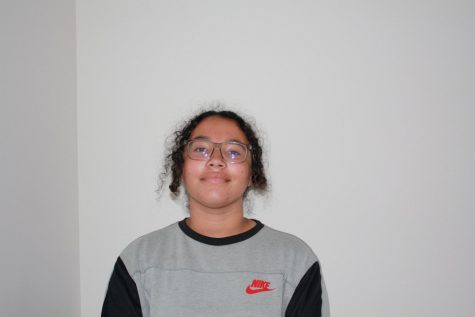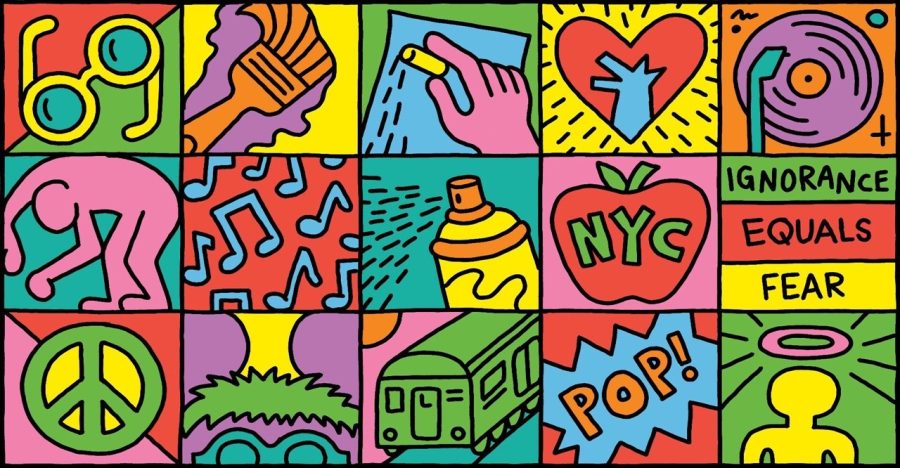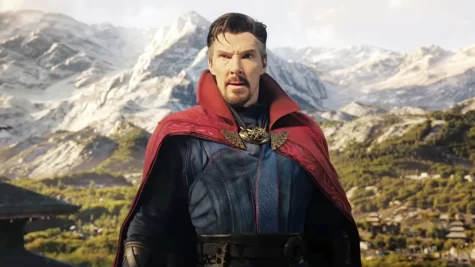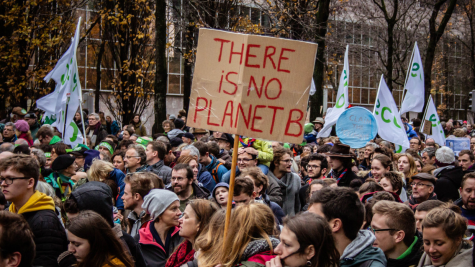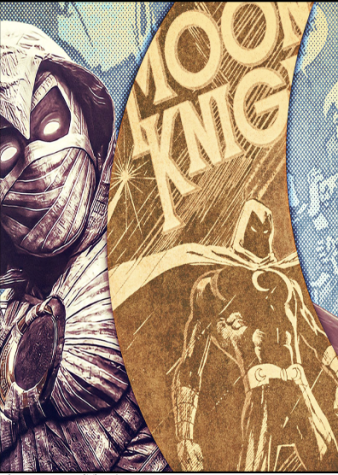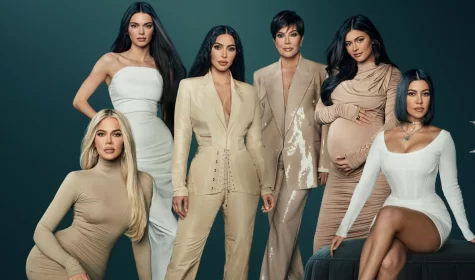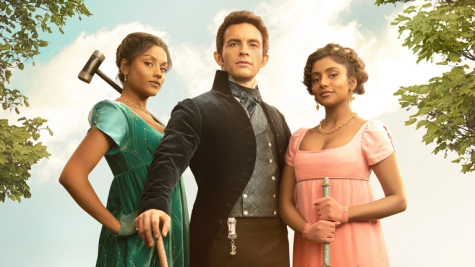Pride Month: The issue of biphobia
Trigger warning: This article contains mentions of sexual violence.
In recent years, the existence of LGBTQ+ people has gained prominence in the public eye, as well as mainstream media. With this attention also comes downsides, including disputes within the community itself. Many of us in the LGBTQ+ community are aware that all members of the community face prejudice and stigma, but unfortunately still continue discriminating against each other. Common victims of this discrimination are those who fall outside binary attraction to one gender.
Bisexuality, defined as the attraction to men and women or attraction to more than one gender, is frequently misunderstood as a sort of limbo between being “straight” and ”gay.” The term “Bi+” is commonly used as the umbrella term for members who recognize their attraction to multiple genders, and these individuals face similar prejudice. Bi+ individuals of the LGBTQ+ community experience a variety of obstacles that often are not acknowledged as distinct issues. This “clumping in” effect leads to the assumption that being Bi+ is an undecided identity, and those who identify with this label must pick a side. People who identify as Bi+ frequently feel as though their sexuality is an afterthought; while others may even question their existence as part of the community. This is referred to as “bisexual erasure,” or the dismissal of bisexuality as a unique category. The lack of resources dedicated particularly to the bisexual community serves as a primary example of Bi+ erasure.
Outside of discrimination faced internally, Bi+ individuals frequently experience higher rates of assault due to preconcieved notions based on their identity, an issue that especially affects women. Psychologists Nicole Johnson and MaryBeth Grove published a study last year that looked into the causes of bisexual women’s disproportionately high rates of sexual violence. According to the Centers for Disease Control and Prevention, over half of all openly bisexual women have been raped, and three-quarters of bisexual women have suffered sexual violence. As stated by Johnson and Grove, the sexual objectification of bisexual women, combined with biphobic discrimination and bisexual women’s higher chance of substance use, may increase the risk of sexual assault. Bisexual women are perceived as more confused, promiscuous and neurotic than straight and lesbian women, according to a study published by Alon Zivony in March in the Journal of Sex Research, which assessed participants’ perceptions about hypothetical heterosexual, lesbian and bisexual women.
“Bisexual stereotypes seem to be deduced based on the idea that men and women are opposites,” Zivony wrote. “If one holds two opposing attractions, then it stands to reason that this person will be confused.”
These stereotypes of promiscuity and hypersexuality leak into the personal lives and relationships of Bi+ individuals as well. A common assumption made about bisexuals is a presumed interest in polyamorous relationships, as many seem to believe that attraction to multiple genders results in an inability to be satisfied by a monogamous relationship. While it is possible for someone identifying as Bi+ to be polyamorous, people of various sexualities can also identify as such, and it is not a requirement. Additionally, many Bi+ individuals can have insecurities about the strength of their own relationships due to these stereotypes. The misconception of bisexuality’s meaning often leads to the polarization of an individual’s attraction, the idea that they are either more gay or more straight, and where they land on that spectrum determines the validity of their romantic relationships. Bi+ men and women, for example, may feel a need to overemphasize their attraction to the same gender in order to gain acceptance in the LGBTQ+ community. Some claim that Bi+ individuals have more privilege than gay or lesbian individuals due to their potential heterosexual relationships being viewed as more acceptable, which is an oversimplification of societal expectations that has detrimental effects on a Bi+ individual’s view of themselves and their identity.
When it comes to public awareness of the existence of sexual identities beyond straight and gay, our society has improved by leaps and bounds. However, it is vital to acknowledge the issues faced by marginalized communities, well-known or not, and work to fix them. Regardless of how an individual is affected by discrimination from others, it is everyone’s responsibility to oppose injustice in the ways they can, and put in the effort to make the world a better place. Whether it is marching on the streets, taking the initiative to educate oneself or offering support to people, each individual’s contribution always helps.
If someone you know identifies as bisexual, pansexual or anything under the Bi+ umbrella, take a moment to remind them of the validity of their struggles and issues. And if you fall into this category as well, remember that your identity matters and you are heard.
